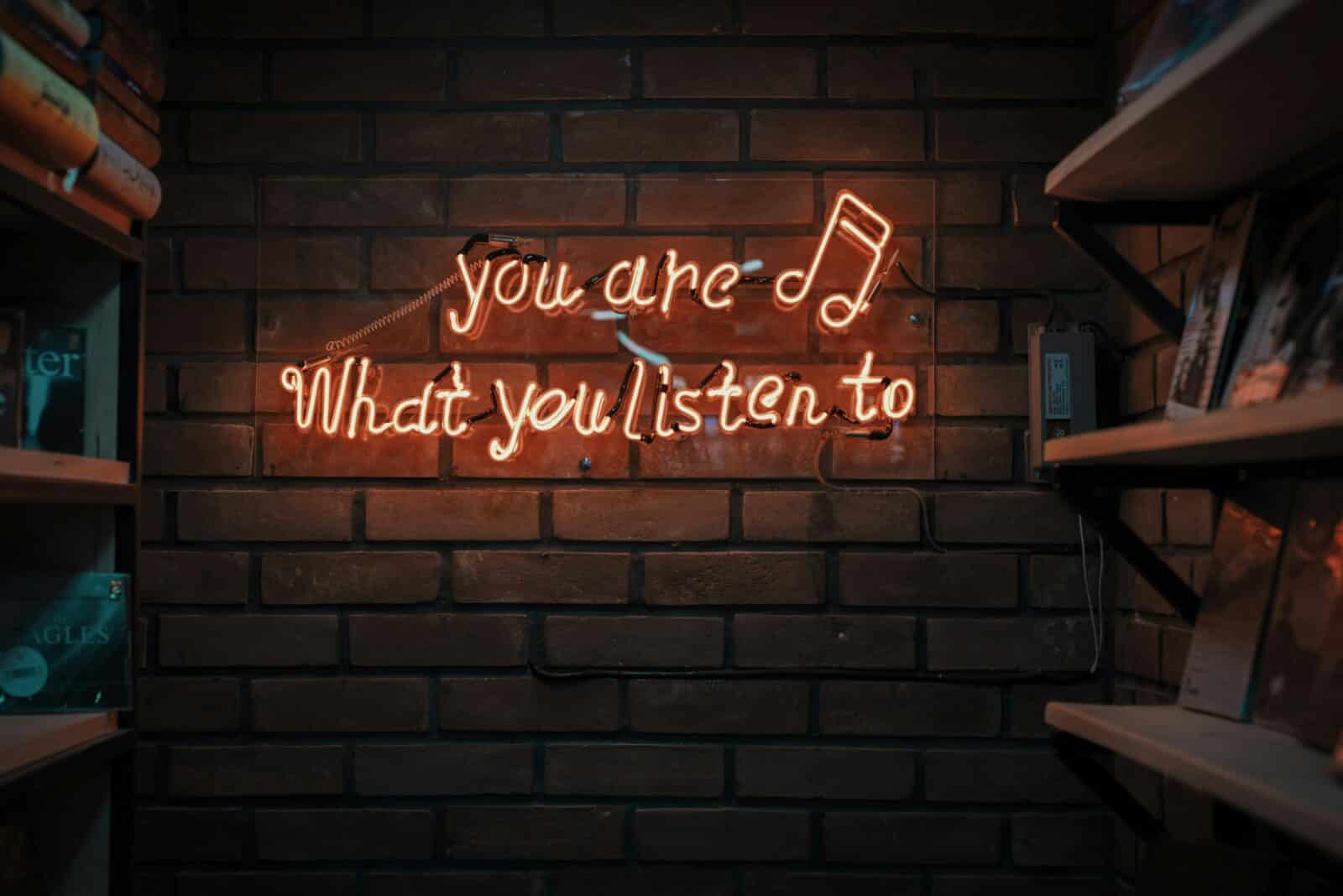- Diverse Forms, One Goal: Engaging Your Audience
- Enhancing Stories with Sound Design: The Epidemic Sound Advantage
- Conflict and Resolution: The Essence of Captivating Stories
- Leveraging the Power of Pacing and Structure
- Interactive Storytelling: Engaging the Audience Directly
- The Role of Research in Crafting Authentic Stories

Diving into the podcast world, I quickly learned that a killer story can transform a simple chat into an epic adventure. It’s not just about having a good tale; it’s how you spin it that counts.
Even podcasts that use listener feedback as a core attribute can participate in storytelling. They turn those listener moments into engaging parts of the show, making the whole podcast feel more like a community project where everyone’s voice adds to the story.
Diverse Forms, One Goal: Engaging Your Audience
Storytelling in podcasting can manifest in various forms, from narrative-driven series that unfold over multiple episodes to interview-based shows where guests share their personal journeys. Regardless of the format, the objective remains the same: to captivate your audience with stories that resonate on a profound level.
One significant advantage of storytelling is its ability to cultivate a sense of community among listeners. When people hear stories that strike a chord, they feel a kinship with the podcaster and fellow listeners. This connection can lead to a loyal, engaged audience eager to tune in episode after episode.

Storytelling also serves as a powerful educational tool. Podcasters can explore complex issues through relatable, understandable narratives. Stories have the unique ability to motivate listeners to take action, whether it’s embarking on a new project, altering their perspective, or sharing the story with others.
Enhancing Stories with Sound Design: The Epidemic Sound Advantage
The transformative power of sound design in storytelling cannot be overstated. Epidemic Sound elevates podcast storytelling with its unparalleled selection of high-quality music and sound effects. Leveraging tools like Soundmatch and Epidemic Audio Reference, finding the perfect sound to complement your narrative becomes a breeze, ensuring your content resonates deeply with listeners.

My experience integrating Epidemic Sound’s tracks has been transformative, turning content into an immersive journey. The platform’s diverse library, featuring exclusive tracks from global artists across various genres, enriches storytelling, making every podcast episode uniquely impactful.
Epidemic Sound’s user-friendly platform and extensive music catalog streamline the creative process for podcasters. Discover the perfect soundtrack for your content with Epidemic Sound, and bring your stories to life. Now, with a 7 days free trial, you have the unique opportunity to explore the full potential of Epidemic Sound without any initial commitment. Click here to explore Epidemic Sound today and unlock a new level of audience engagement and emotional connection.
Conflict and Resolution: The Essence of Captivating Stories

Conflict and resolution serve as the narrative’s heartbeat, propelling the story forward and keeping the audience hooked. In my analysis of successful podcasts, such as “Dan Carlin’s Hardcore History,” it became apparent that the tension and subsequent resolution of conflicts are what make stories truly gripping. By incorporating these elements into my episodes, I strive to create a rollercoaster of emotions for the listener, from anticipation and suspense to satisfaction and reflection. This dynamic flow ensures that each episode is not just heard but experienced, leaving a lasting impression on the audience.
Leveraging the Power of Pacing and Structure
Understanding the nuances of pacing and structure in podcast storytelling is akin to a chef mastering the art of timing in the kitchen. Just as a perfectly timed meal can enhance flavors and create a memorable dining experience, the right pacing and structure in a podcast can captivate listeners and keep them on the edge of their seats.
Pacing is all about the speed at which your story unfolds. A well-paced story will have a mix of faster segments that drive the narrative forward and slower moments that allow for character development or the exploration of important themes. The key is to balance these elements to maintain listener interest without overwhelming them.
Structure, on the other hand, refers to the framework of your story. It organizes the beginning, middle, and end, along with any twists, turns, or flashbacks. A clear structure helps listeners follow along with the story, ensuring they stay engaged from start to finish.
To leverage pacing and structure effectively:
- Start with a Bang: Hook your listeners from the beginning with an intriguing premise or question.
- Vary Your Speed: Mix up the pace by interspersing intense, action-packed segments with slower, more reflective moments.
- Use Cliffhangers: End episodes on a cliffhanger to build anticipation and ensure listeners return for more.
- Plan Your Structure: Outline your episodes to ensure a coherent flow that logically progresses from one point to the next.
By mastering pacing and structure, podcasters can create an engaging and satisfying listening experience, ensuring their audience remains hooked episode after episode.
Interactive Storytelling: Engaging the Audience Directly
Interactive storytelling represents a frontier in podcasting. It merges traditional narrative techniques with the dynamic engagement of audience participation, transforming passive listeners into active participants and creating a uniquely immersive experience.
In interactive storytelling, listeners might influence the narrative’s direction through polls, social media, or direct feedback. This method increases engagement and fosters a deeper connection between the podcast creators and their audience.
Implementing Interactive Storytelling:
- Polls and Surveys: Use social media or podcasting platforms to gather listener preferences on story directions, character decisions, or plot resolutions.
- Social Media Engagement: Encourage listeners to share their ideas or predictions for the story on social media, using specific hashtags to track the conversation.
- Listener Contributions: Invite listeners to submit their own stories, questions, or dilemmas, which can then be woven into the podcast narrative.
Interactive storytelling not only enriches the listener experience but also builds a community around the podcast, as audience members see their contributions shape the story in real-time.
The Role of Research in Crafting Authentic Stories
Authenticity is the cornerstone of compelling storytelling, especially in podcasts that delve into historical events, scientific concepts, or real-life stories. Thorough research underpins this authenticity, providing a solid foundation upon which to build engaging and credible narratives.
Conducting Effective Research:
- Primary Sources: Seek out original documents, interviews, and eyewitness accounts to ensure accuracy and authenticity.
- Expert Consultations: Engage with subject matter experts to gain insights and validate the factual accuracy of your story.
- Diverse Perspectives: Include multiple viewpoints to present a well-rounded narrative, especially in stories involving complex social or cultural issues.
Research enhances your podcast’s credibility and enriches the storytelling by adding depth and context. It allows you to transport listeners to another time or place, fully immersing them in the story’s world.
By dedicating time to pacing and structure, embracing interactive storytelling, and grounding your narratives in thorough research, you can elevate your podcast from simple entertainment to a profound storytelling experience that resonates deeply with your audience.
Conclusion
Storytelling isn’t just a skill, it’s the glue that binds us. It transforms mere conversations into shared adventures, making listeners feel part of something bigger. Whether it’s a gripping series or a personal interview, the goal is the same—to pull listeners in, making them feel right at home in a community of shared tales and experiences.
The true magic of podcast storytelling? It’s all about connection. Stories that touch us, make us laugh, or bring us to tears don’t just entertain; they unite us. As podcasters weave these stories, they’re not just filling time; they’re creating a space where every listener’s experience matters, building a loyal audience that keeps coming back for more. In the end, it’s these stories, shared among us, that turn a simple podcast into a community.

Chris
Chris is a marketing major with a strong background in small business and influencer branding. He applies his knowledge of content and promotional strategies to design actionable advice for new and intermediate streamers. When he’s not busy crunching analytics, he can be found in the salt pits of League of Legends.

